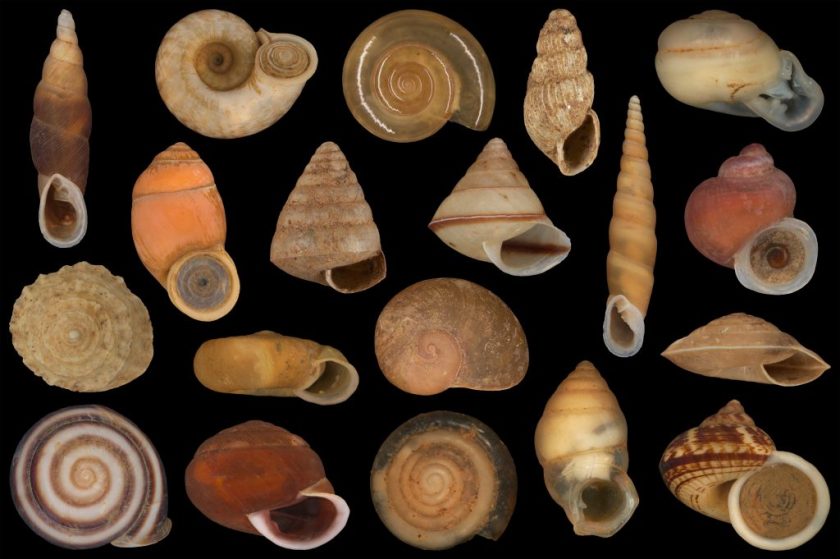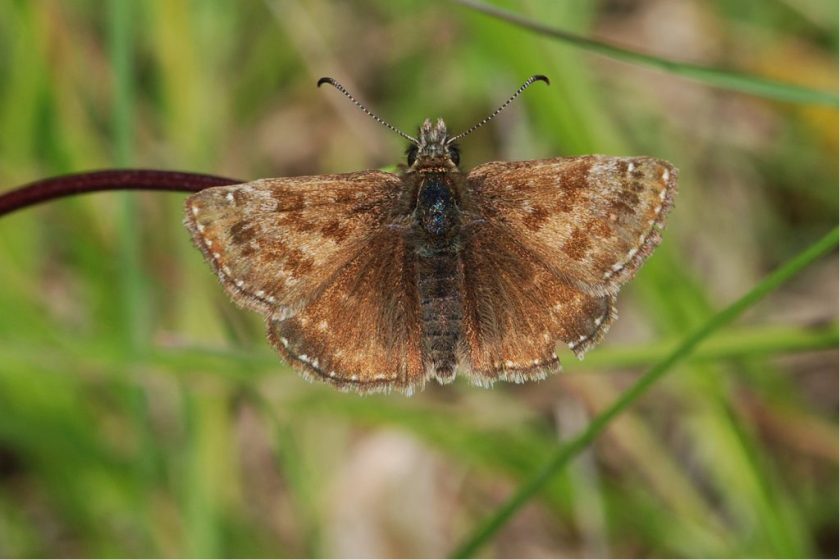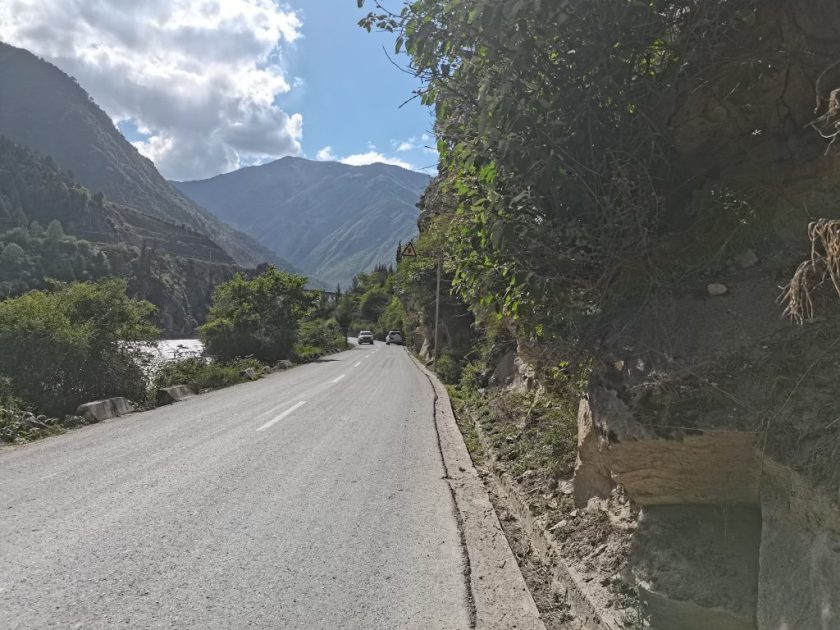Guest blog post by Esme Ashe-Jepson
During my PhD, I spent three summers crawling through a beautiful calcareous grassland nature reserve in Bedfordshire, UK, looking for caterpillars amongst the grasses and wildflowers. Occasionally we would have extremely hot weather, and as I was crawling around in the chalky earth, I noticed how hot it was near the ground. I was carrying a thermocouple with me, and I noticed that from standing to crouching down to the ground, air temperature could increase by up to 10 or even 20°C.
This got me thinking – insects experience temperatures that are very different from what I was experiencing while walking around. A pleasantly warm day to me may feel very different to a small insect close to the ground. What is this micro-world like for insects?

I deployed a network of data loggers across the nature reserve to help me answer this question. I wanted to know what near ground temperatures were really like on hot days, cold days, and everything in between.
So, the loggers recorded microclimate temperatures for a year and half in total, and we managed to capture six heatwave events in that time. We were even lucky enough (or perhaps unlucky enough) to be recording when air temperatures broke 40°C in the UK for the very first time, the dreaded summer of 2022. This gave us a rare opportunity to see what the world might look like more regularly under climate change.
Now armed with real-world hourly temperature measurements at fine scales, we could glimpse the world that insects occupy. Temperatures were indeed hotter near the ground and rose steadily with increasing temperature these temperatures rose and rose with increasing air temperature. In fact, we found thousands of individual records of temperatures over 40°C, half of which occurred outside of heatwave events.
It turns out that insects are experiencing extreme temperatures more frequently than we previously anticipated, and not necessarily only during heatwaves.
One of the main goals of our project was to identify how we can maintain cool refugia within landscapes – microclimates that are cooler than ambient temperature (think of a cool, shady patch of grass under a tree on a hot sunny day).

I had hoped to be able to identify combinations of environmental characteristics, such as steep north-facing slopes with long grass, that were able to maintain refugia well below ambient temperature during heatwaves.
However, what we found was that during heatwaves, areas that we expected to stay cool would turn into heat traps. Surprisingly, what we thought would mitigate extreme temperatures would actually amplify them!
This was a trend across all types of habitats, with no part of the nature reserve consistently maintaining cool refugia during heatwaves. This is incredibly worrying! It means that escape from the heat during heatwaves for small and slow-moving animals will be extremely difficult.

The nature reserve we were monitoring is a fragment of rare calcareous grassland nestled amongst agricultural land and urban areas. It has been actively managed to maintain high biodiversity, and this has been very successful. It contains many rare and interesting small animals, such as the Duke of Burgundy butterfly and glowworms. Certainly, it is a beautiful example of a biodiversity hotspot in the UK.
However, our results imply that exposed landscapes such as these grasslands are at particular risk under climate change, with little we can do to protect wildlife from extreme heat during heatwaves, especially for small ground-dwelling organisms.
Research paper:
Ashe-Jepson, E., Turner, E.C. and Bladon, A.J. (2025). Local microclimates can both amplify and mitigate extreme temperatures associated with climate change. Frontiers of Biogeography 18: https://doi.org/10.21425/fob.18.164843


















































